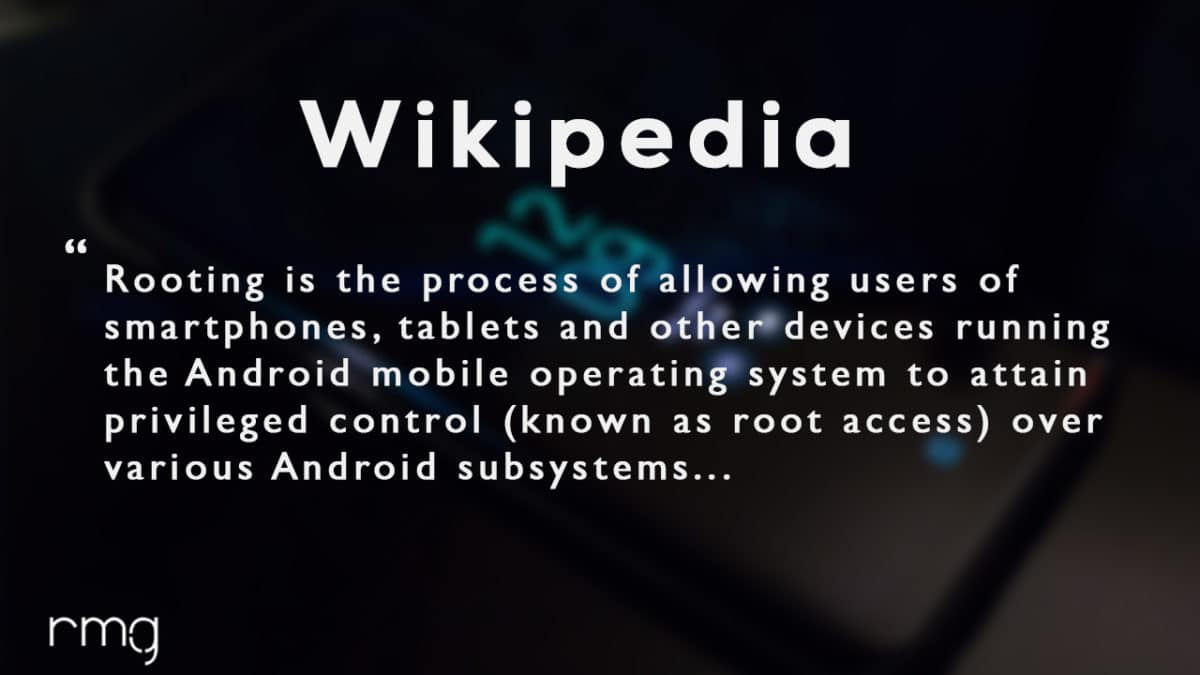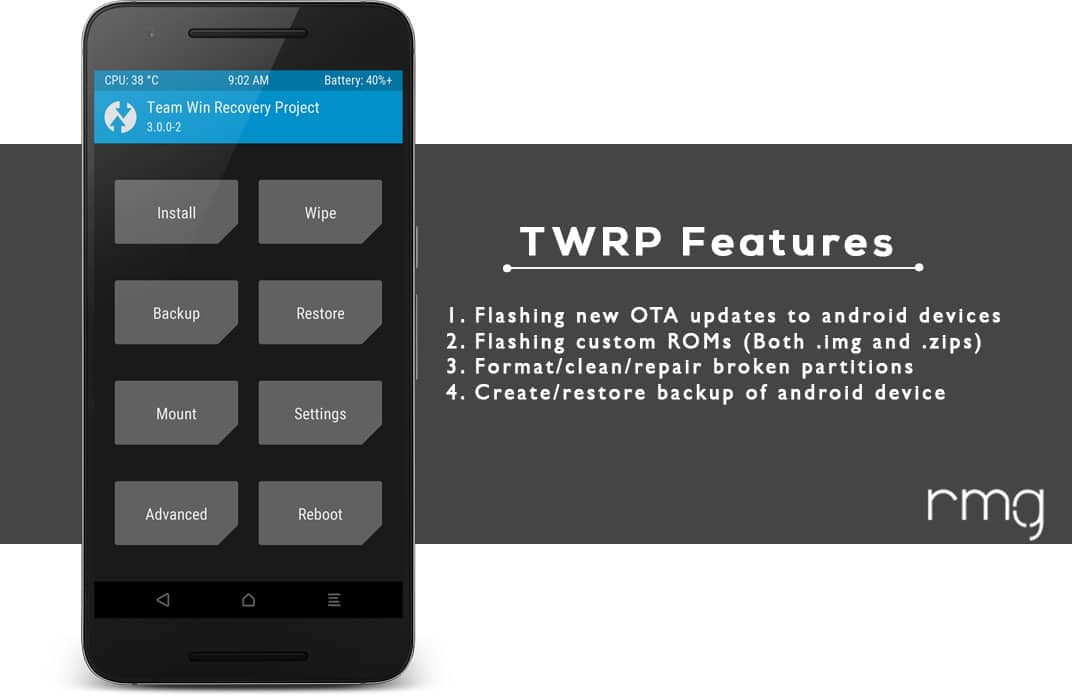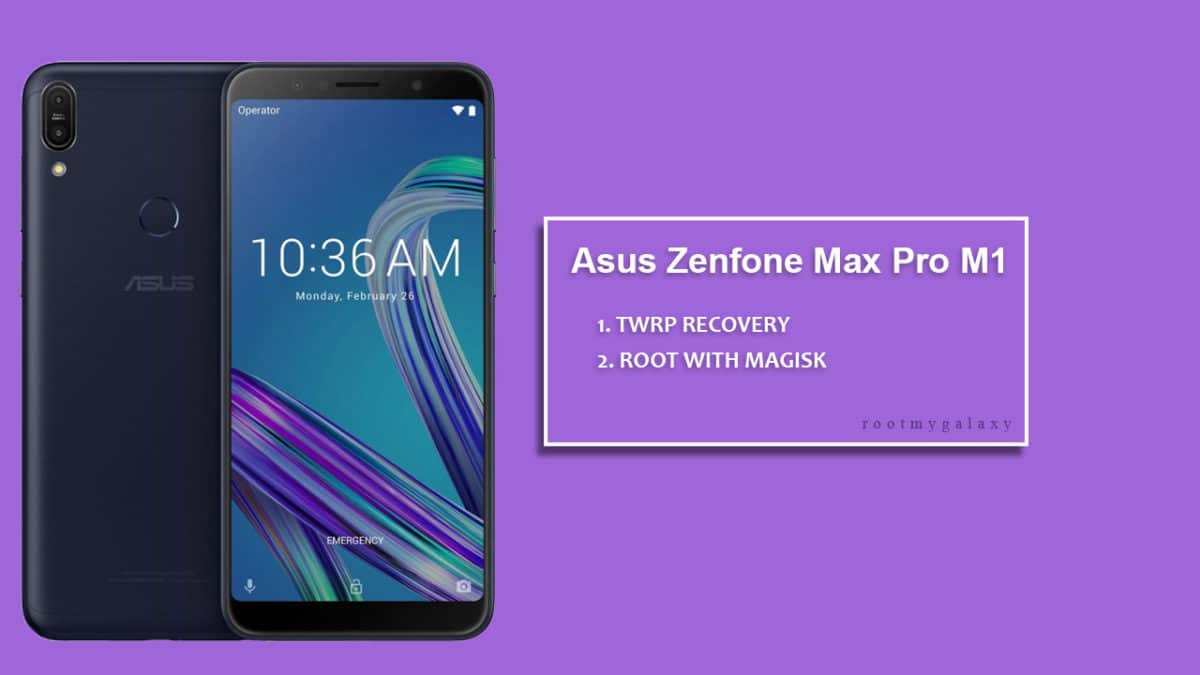Guide To Install TWRP and Root Asus Zenfone Max Pro M1: If you are new to rooting, then you should know that Unlocking bootloader of an android device is the first and most important step in android rooting process. First users have to unlock the bootloader, then they can install TWRP recovery via Commands. Once TWRP is installed, root can be gained by flashing the supersu or magisk via TWRP.
Asus has finally come up with an awesome device after a long time. This time they have done a great job. The latest Asus Zenfone Max Pro M1 comes with a stock skin running Android Oreo instead of Asus’s ZenUI. The device has become very popular among the buyers as well as the developer. Last week the device’s bootloader unlock guide was posted on Xda. Unlocking the bootloader on Android plays the most important role in rooting.
Now the device has received a working TWRP recovery file, which means users can gain root access on their Asus Zenfone Max Pro M1 by flashing SuperSu or Magisk via TWRP recovery. This is really a great news for power users like us. If you are interested, then follow the guide to Install TWRP and Root Asus Zenfone Max Pro M1.
Asus ZenFone Max Pro M1 comes with a 5.99-inch touchscreen display with a resolution of 1080 pixels by 2160 pixels. It is powered by octa-core processor coupled with 3GB of RAM. It has 32GB of internal storage (expandable up to 2000GB via a microSD card). The Asus ZenFone Max Pro M1 sports a 13-megapixel primary and an 8-megapixel front camera on the rear and front side respectively. The Asus ZenFone Max Pro M1 runs Android 8.1 Oreo out of the box and houses a 5000mAh battery.
If you want to root your device without PC or Laptop using one click root tools, then you can follow our guide linked below (Most of the tools don’t work with latest android version)
How To Root Any Android Mobile Without PC or LaptopIf you are new to TWRP recovery and rooting then here we first share some facts about Android rooting.
- Check Out Our Popular Posts
- List Of Android Devices Getting Lineage OS 16 (Android 9.0 P)
- The Lineage OS 15.1 Official Device List (Android 8.1 Oreo)
- [Download Links Added] Lineage OS 15.0 Device List | All Android Devices (Android 8.0)
- [Official List] Android Oreo Device List- List of the devices which will get official Android 8.0 update
- Full List of devices which have received Lineage OS 14/14.1 (Download)
- Download Magisk v14.0 and Magisk Manager v5.3.0 (Oreo Root)
- FlashFire v0.70 is available for download with support for Android 8.0 Oreo
What is Rooting An Android Device Mean?
Rooting is the process of gaining full admin control of the Android device. You can use the device to its full potential,‘Rooting’ means giving yourself special privilege or “root permissions” on your phone. It’s similar to running plus grams as administrators in Windows.

After rooting your device you can install different MODs, kernel, ROMs on your device. You can install latest Android updates (like the Android 6.0.1 Marshmallow) On old device by installing third party ROMs like CyanogenMod 13. You can overclock the CPU and GPU of your device to get the best performance. You can hibernate any app you want. You can underclock the CPU to get better battery life.
For more information about Android rooting, check out our detailed post here > What Is Rooting Android Phone? Advantages And Disadvantages
What Is TWRP Recovery and Some of its benefits?
TWRP is a custom recovery for Android. It is the most popular Android custom recovery. It replaces the stock recovery On Android devices. It comes with many extra features compared to the stock recovery. It needs the bootloader to be unlocked. If your bootloader is locked then you have to unlock it. The guide is given below.

- Download Moto AIO Tool: Flash Stock ROM, TWRP, Unlock/Relock Bootloader and Root Motorola Devices
- Download Mi Flash Unlock Tool: Unlock Bootloader Of Xiaomi Devices
- How To Unlock Bootloader On Huawei Devices
- Some Of the benefits Of Having TWRP Recovery
- Users Can Install Custom ROMs, MODs, Kernel via TWRP recovery
- Users can flash system image (.img) file via TWRP
- You can flash modding zip files
- It is being used to install Xposed Modules
- Easy to Root and Unroot using TWRP Recovery flashable zip SuperSU
- Users can root by flashing magisk via TWRP recovery
- You can create nandroid backup via TWRP
- Can remove all bloatware using TWRP Recovery.
- You can flash Custom Kernel To underclock and overclock.
- You can clean Wipe, Cache, and Data via TWRP recovery.
Warning
rootmygalaxy.net will not be held responsible for any kind of damage occurred to your device while following this tutorial. Do it at your own risk. This will void the warranty of your device.
Pre-Requirements
- Make sure battery percentage is more than 60%
- Make sure you have installed USB Drives on your PC.
- Install ADB & Fastboot drivers on your computer. Guide Quickest Way To Install Android ADB and Fastboot (with drivers) on Windows or How to Install ADB and Fastboot on Mac or Linux
- Now Enable Developer option. Guide How to Enable Developer Options & USB Debugging on Android
- Create a nandroid backup on your device How To Create & Restore Nandroid Backup On Android Devices
How To Install TWRP and Root Asus Zenfone Max Pro M1

First of all, the user has to unlock the bootloader of the device. After that he/she can install TWRP recovery on Asus Zenfone Max Pro M1.
Step 1: Unlock Bootloader On Asus Zenfone Max Pro M1
We have done a dedicated post bootloader unlocking of Asus Zenfone Max Pro M1. Follow the guide linked below.
How To Unlock Bootloader On Asus Zenfone Max Pro M1 (ZB601KL/ZB602KL)Step 2: Install TWRP Recovery On Asus Zenfone Max Pro M1
The first method you can Install the TWRP recovery then flash the SuperSu or Magisk to get your device rooted
- Check out the Pre-Requirement Section above (Important)
- Make sure your device’s bootloader is unlocked. Check out the link given above to unlock the bootloader if you haven’t done it yet
- First of all, make sure you have followed each and every step mentioned in the pre-requisites section
- After that, you have to download the twrp-3.2.1-1-20180512-X00TD.img and transfer it to the Fastboot folder (Pre-requirement section)
- Once transferred, follow this guide from below to install TWRP recovery on your Asus Zenfone Max Pro M1.
Step 3: Root Asus Zenfone Max Pro M1 (Magisk)
- Download the latest ‘decrypt.zip‘ and ‘Magisk-v16.4.zip‘ files.
- Move these two files to your device’s internal memory.
- Now follow the guide to flash magisk via TWRP to get root access on your device.
| Note: First, From TWRP menu tap ‘Install’ button and select the ‘decrypt.zip’ file. Then select ‘Add more Zips’ button and choose the ‘Magisk-v16.4.zip’ file.Then swipe to flash the files.
That’s it. Your Cloudfone Thrill Plus has been rooted successfully. Keep reading roomygalaxy for more news and updates.
Source: Xda
Liked this post? Let us know on X (formerly Twitter) - we love your feedback! You can also follow us on Google News, and Telegram for more updates.